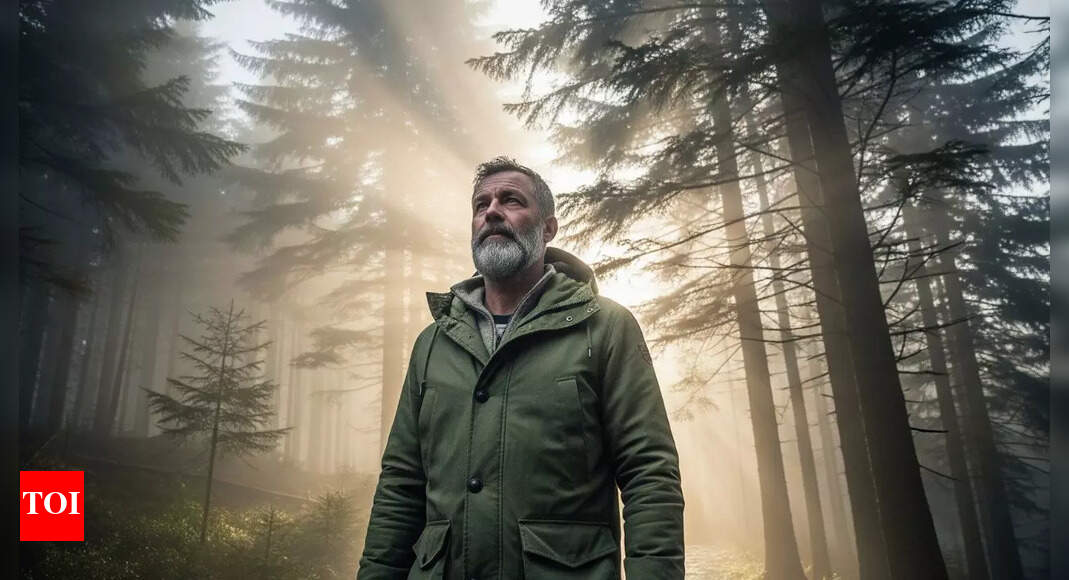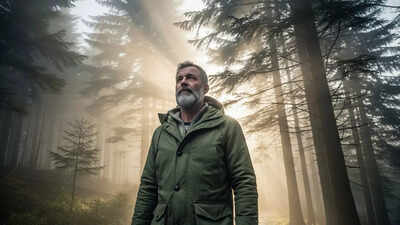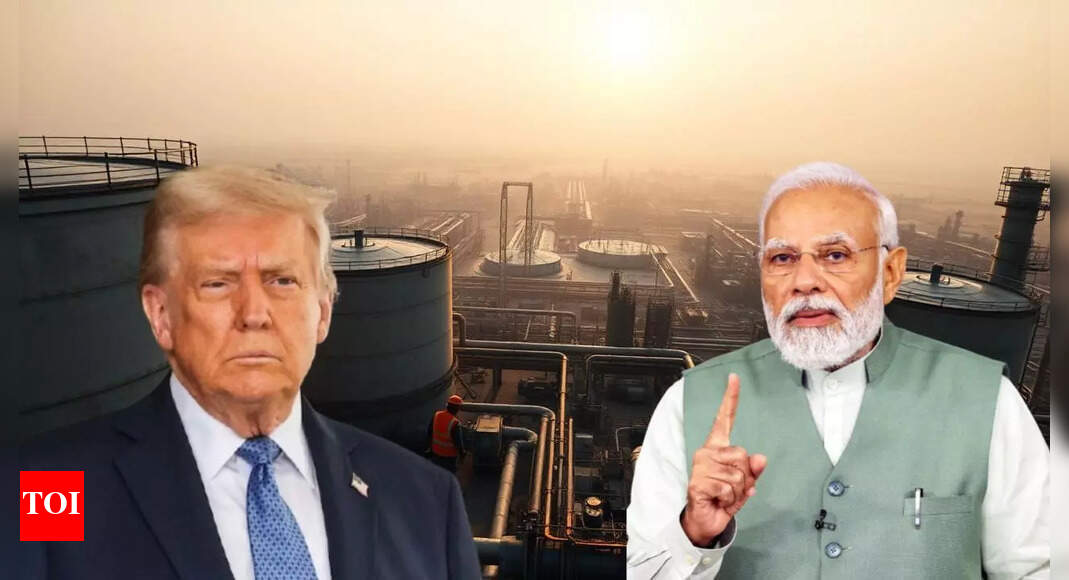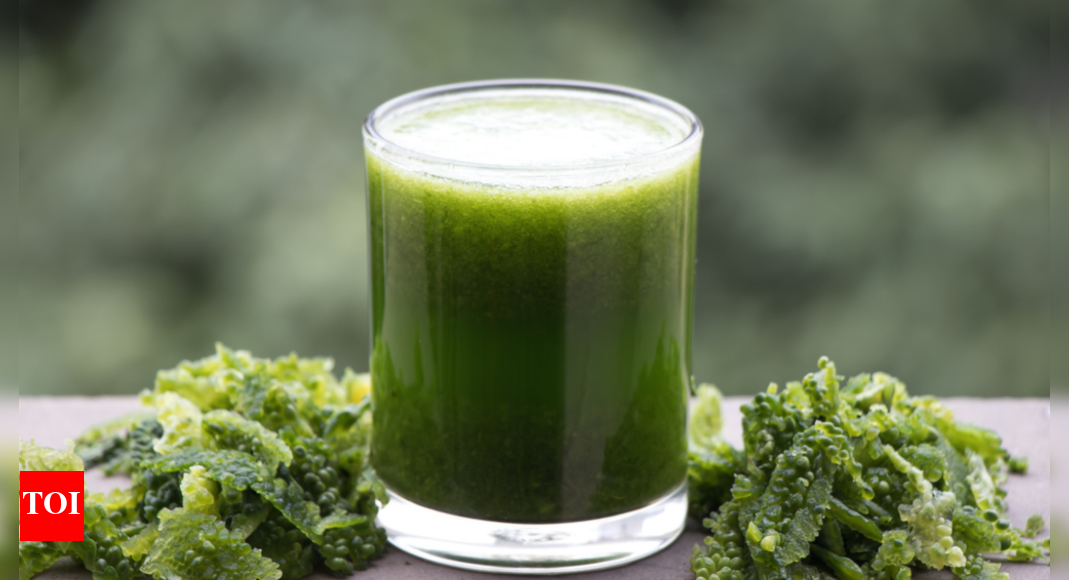Creating hyper-realistic AI-generated images can be challenging, even with multiple attempts. Simply tweaking prompts or switching models often isn’t enough to produce lifelike results. The secret lies in crafting precise, detailed prompts that guide the AI effectively. A well-written prompt acts as a blueprint, specifying the subject, environment, composition, style, and technical details to achieve professional-quality visuals. By understanding the characteristics of an effective prompt and applying advanced prompting techniques, you can transform generic outputs into visually stunning, hyper-realistic images. This guide explores the essential elements and strategies for writing AI prompts on Gemini that truly bring your creative vision to life.
Understanding what makes a good AI prompt
Before diving into advanced techniques, it’s important to understand what constitutes a strong AI prompt. A good prompt acts as a blueprint for the AI, providing clear instructions about the subject, environment, composition, and style. Specificity is essential. Vague prompts like “man in forest” often result in generic images, while detailed prompts guide the AI to generate exactly what you envision. Think of prompts as a combination of storytelling and technical specifications: the more precise you are, the better the results.
Characteristics of an effective AI prompt
Creating hyper-realistic images requires attention to several key elements:
- Subject: Clearly define the central focus of your image. Include details such as age, clothing, expression, or object characteristics. For instance, “a teenage boy wearing a red raincoat holding a vintage camera” is far more precise than simply “a boy.”
- Environment: Describe the scene’s location, time of day, weather, and atmosphere. Instead of “outdoors,” use “on a misty riverside dock at dawn with floating lanterns.” These details help the AI visualise context and lighting.
- Composition: Specify perspective, framing, and arrangement. Terms like “rule of thirds,” “overhead view,” or “shallow depth of field” allow you to control how elements interact within the frame.
- Style & Aesthetic: Decide the mood, realism level, and artistic style. Reference photographic styles, art movements, or specific artists. Words such as “cinematic,” “ethereal,” or “high-contrast black and white” communicate the visual direction.
- Technical Details: Include camera types, lenses, lighting setups, and resolution. Phrases like “shot on Nikon Z9 with 35mm f/1.8 lens, soft diffused morning light, 8K resolution” elevate realism by simulating professional photography.
The difference between weak and strong prompts
Vague Prompt: “man, forest” – lacks detail in subject, environment, or style.

Improved Prompt: “Adventurous middle-aged man, rugged beard, wearing a green parka, standing on a foggy forest trail at sunrise, low-angle shot, mist swirling around pine trees, cinematic lighting, Nikon Z9, 35mm lens, ultra-sharp 8K resolution.”
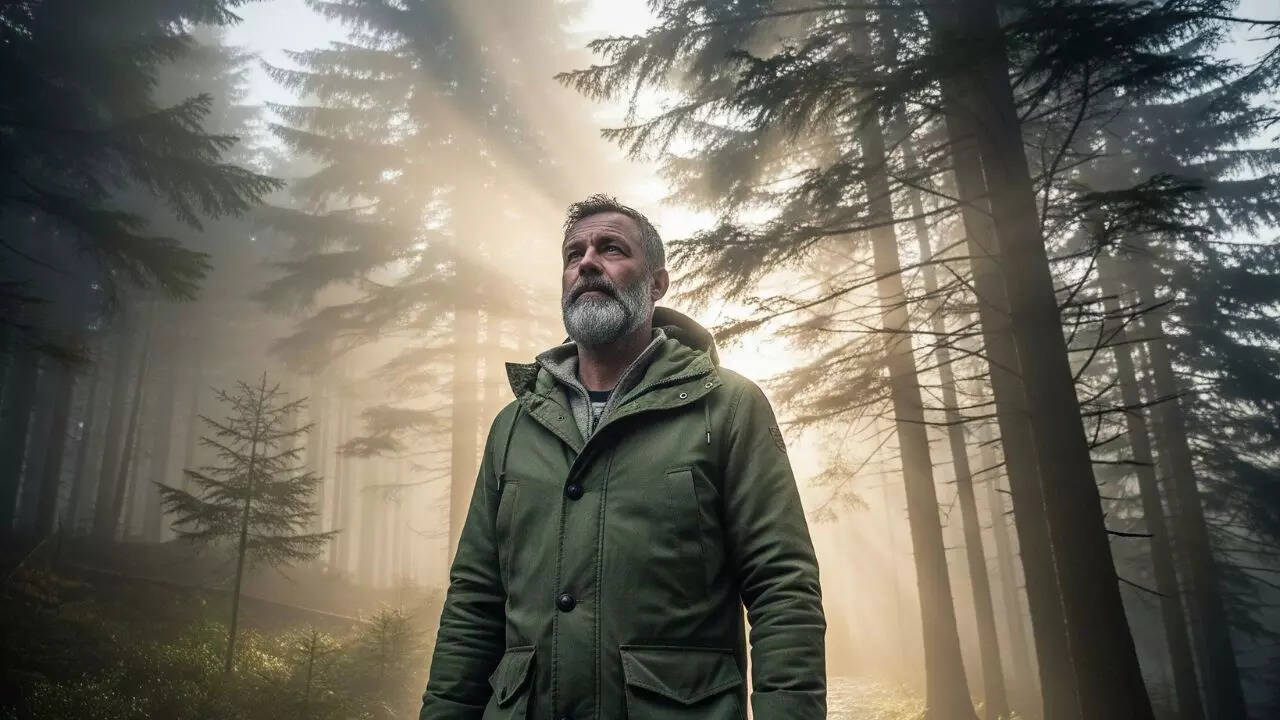
A vague prompt provides very little guidance to the AI, which often results in generic, uninteresting images. However, this enhanced prompt provides the AI with precise information about the subject, environment, composition, and technical aspects. It specifies the man’s appearance, the time of day, the forest atmosphere, camera angle, lighting, and resolution. By giving these details, the AI can generate a hyper-realistic, visually compelling image that closely matches the user’s vision, ensuring results that are not only accurate but also artistically engaging and contextually relevant.
4 tips to write AI prompts that create hyper-realistic images
Crafting descriptive prompts without overload
Adding too many adjectives can overwhelm the AI, producing artificial or stiff results. Focus on meaningful, purposeful details that convey your vision. For example, instead of overloading with “shiny curly hair, bright green eyes, flawless porcelain skin,” use:Better Prompt: “A confident young woman in a flowing emerald gown standing on a cliffside overlooking the ocean, golden hour light, soft wind through her hair, cinematic atmosphere.”
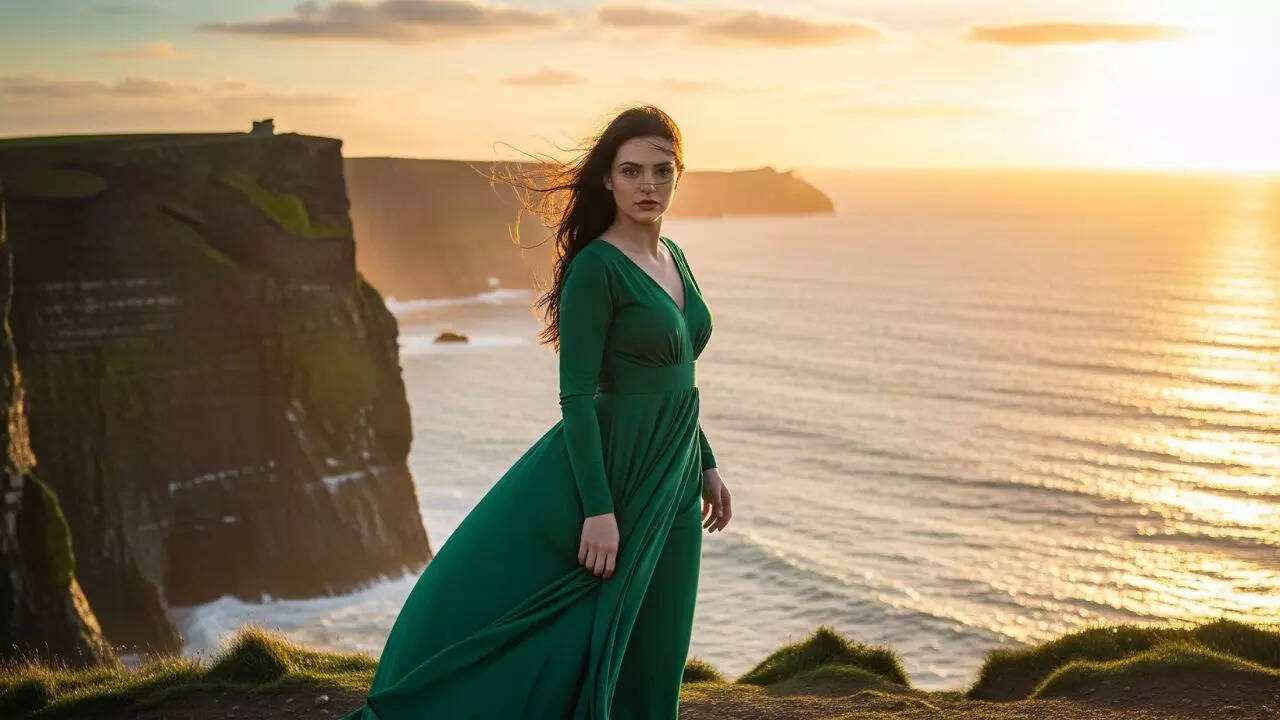
This balanced prompt gives context and setting while keeping the subject clear and realistic.
Achieving realism in AI-Generated images
To create photographs that feel authentic, include keywords like “hyper-realistic, photorealistic, 8K UHD, cinematic lighting, HDR, DSLR 50mm lens.” Referencing actual photographers or art styles can also guide your AI. For example:Example prompt: “Portrait of a street musician playing violin under warm evening lights, inspired by Steve McCurry photography, DSLR, shallow depth of field, photorealistic, volumetric lighting, detailed textures, editorial quality.”
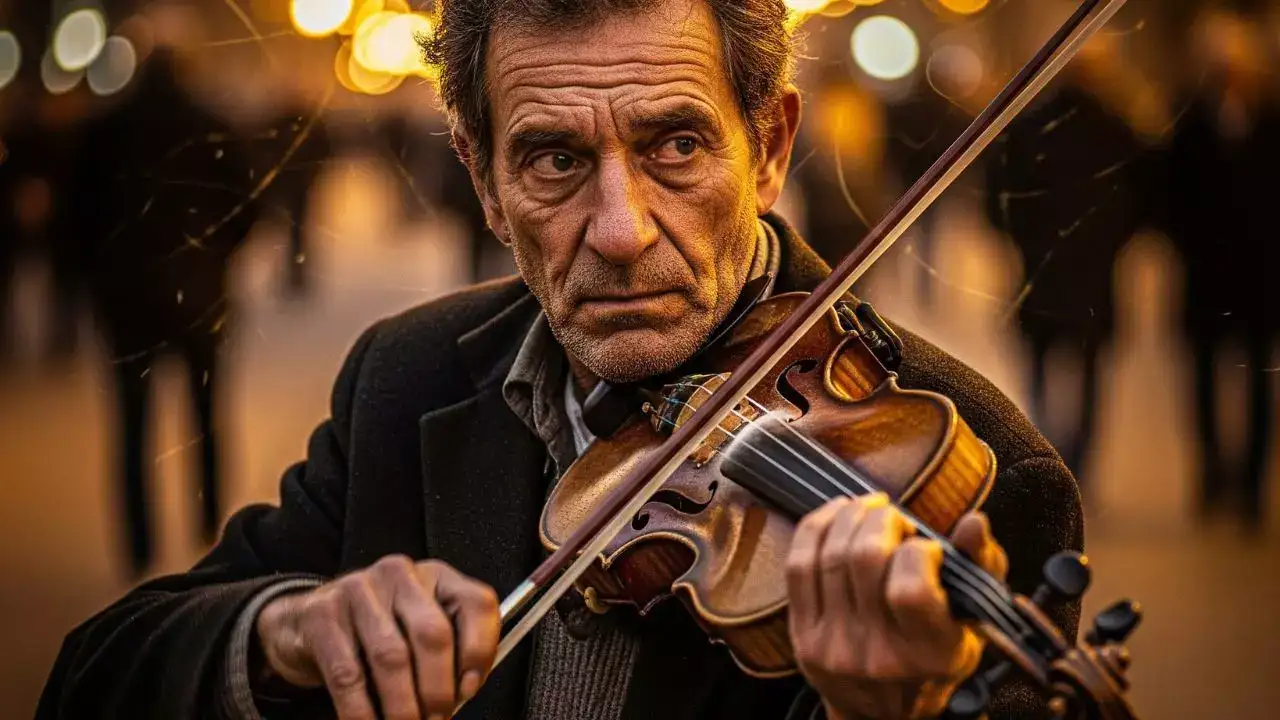
Real-world references help the AI understand lighting, textures, and authenticity.
Controlling image composition
Composition separates amateur-looking shots from professional images. Specify viewpoint, framing, and depth of field to guide the AI. For example:Example prompt: “Astronaut floating in zero-gravity inside a space station, low-angle shot, subject sharply in focus, blurred control panels in background, natural ambient lighting, cinematic framing, photorealistic 8K output.”
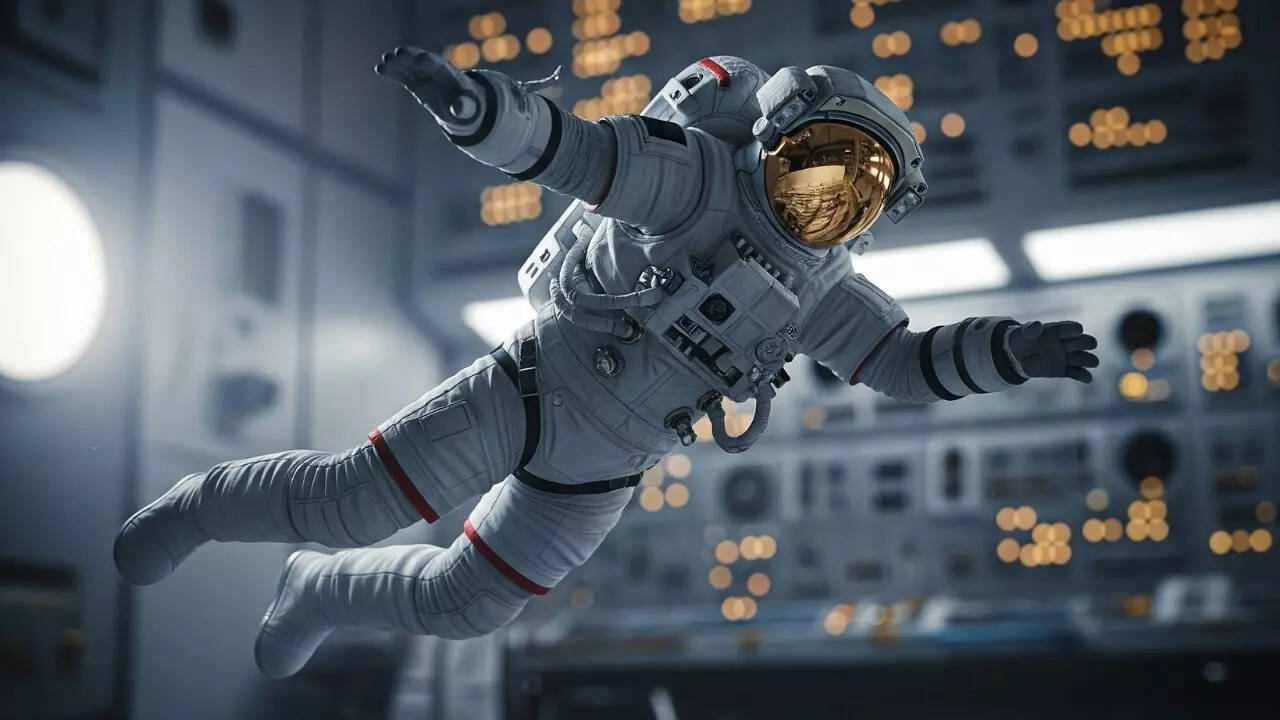
Adding perspective and depth ensures a polished, realistic look.
Defining style and artistic direction
Prompts can also define artistic style. Whether you want a cinematic, surreal, or nostalgic feel, use descriptive terms to shape mood and atmosphere. Examples include:Fantasy scene prompt: “Elven warrior standing on a foggy mountain ridge, flowing silver cloak, sword gleaming, sunrise breaking through clouds, epic cinematic composition, photorealistic textures, HDR lighting, high-resolution.”

Vintage film scene prompt: “Classic 1950s diner interior, neon signs glowing, patrons in period clothing, soft warm light, grainy film effect, slightly underexposed, Kodak Portra 400 simulation, nostalgic mood, dreamy focus.”
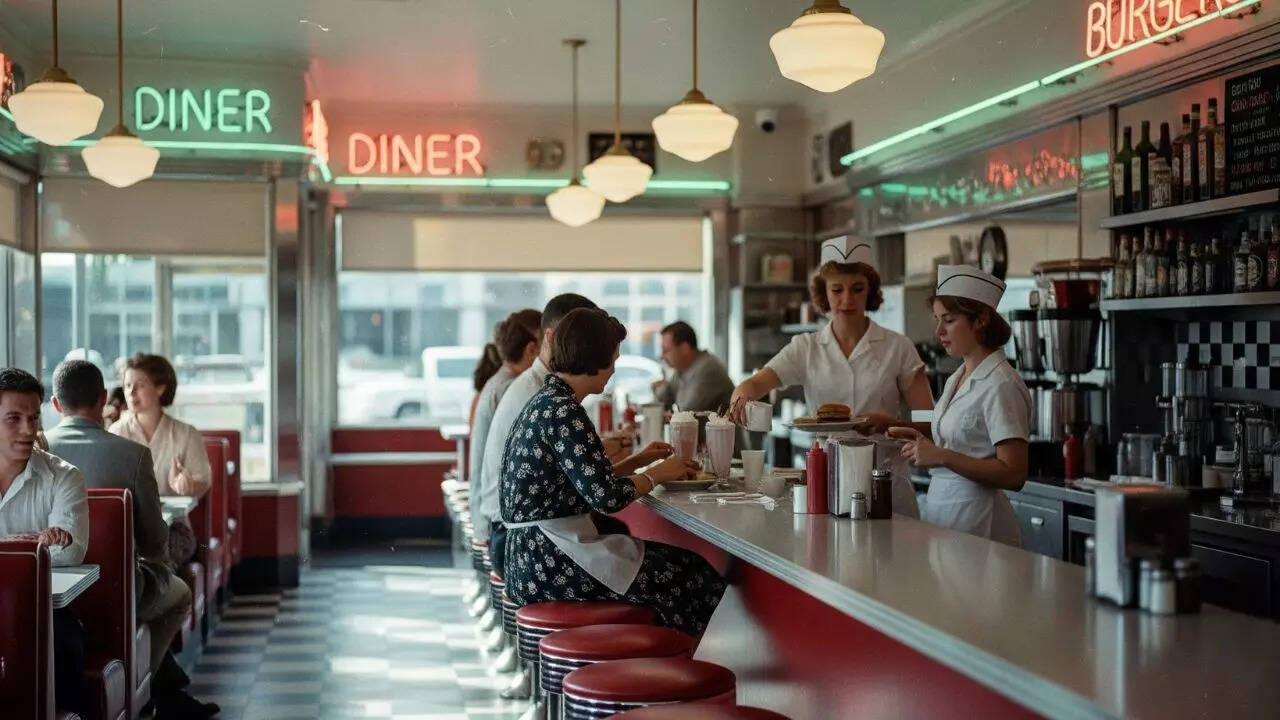
Experimenting with styles transforms the same basic scene into dramatically different visuals, allowing both realism and creative flair.Also Read: How to create AI Avatars online for free using Grok: Step-by-step guide with prompts and tips
